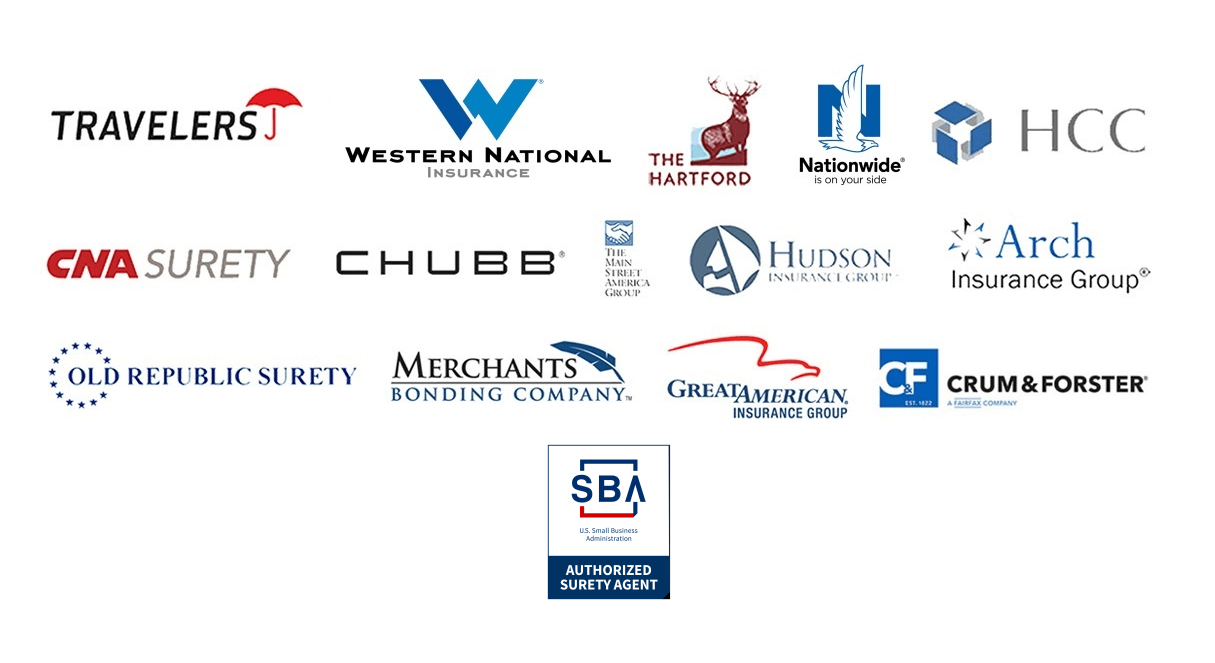Landlords and real estate investors are increasingly relying on the use of requiring tenant lease payment bonds and lease deposit bonds to secure their commercial projects. The practice is becoming more prevalent in real estate leasing to better protect the landlord and its investors from financial losses caused due to an unexpected tenant default. Requiring tenants to produce a TLP bond improves the prospects of financing their projects, obtaining refinancing and aids in the securitization of bonded projects.
The lease payment bond or lease deposit bond is purchased by the tenant (principal) from the surety for the benefit of the landlord or real estate investor (the obligee). The lease payment bond or lease deposit bond mitigates the risk to the landlord when each tenant is required to provide a surety bond that guarantees the faithful performance of the terms of the lease. If the tenant breaches the terms of the lease, and is placed in contractual default, the landlord can seek payment from the surety for the ongoing lease payments or damages pursuant to the terms of the agreement.
Lease Payment Bonds and Lease Deposit bonds guarantee multi-year commercial rent payments as stipulated in the lease. The bond may be purchased in one year renewable or prepaid non-cancellable multi-year periods. Premiums can be added to lease payments or amortized with the fit up costs or paid periodically by the tenant.

We've been underwriting for 40 years working with only the most reputable surety carriers nationwide.

We can get you the answers you need in a matter of minutes.

We offer sound business advice to help you build your bonded business.

